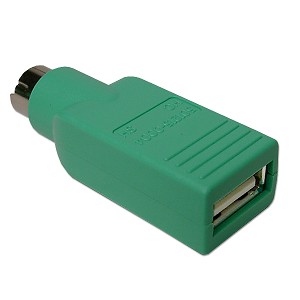HardOCP News
[H] News
- Joined
- Dec 31, 1969
- Messages
- 0
And a move like this benefits who? Thanks to Monkey34 for the link.
Computer security researchers wrote the code following the discovery of the USB flaw earlier this year. The pair made the code public in an attempt to force electronics firms to improve defences against attack by USB. One of the experts who found the flaw said the release was a "stark reminder" of its seriousness.
![[H]ard|Forum](/styles/hardforum/xenforo/logo_dark.png)
